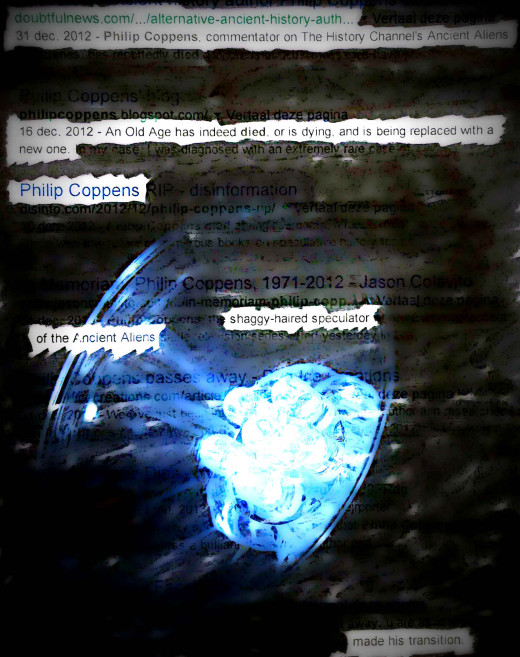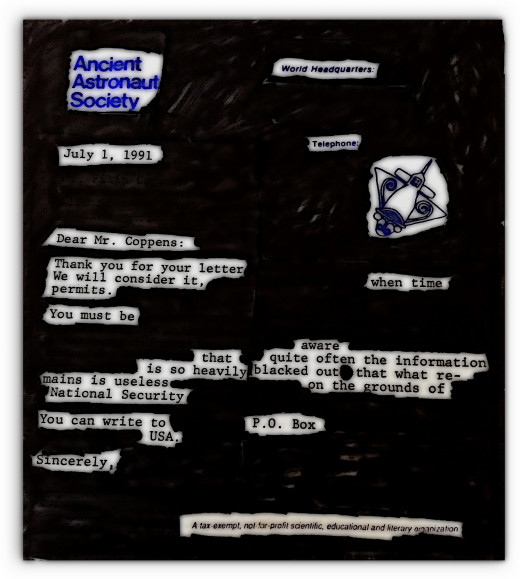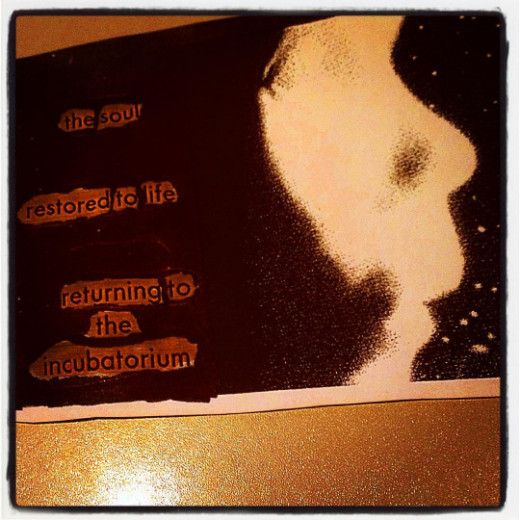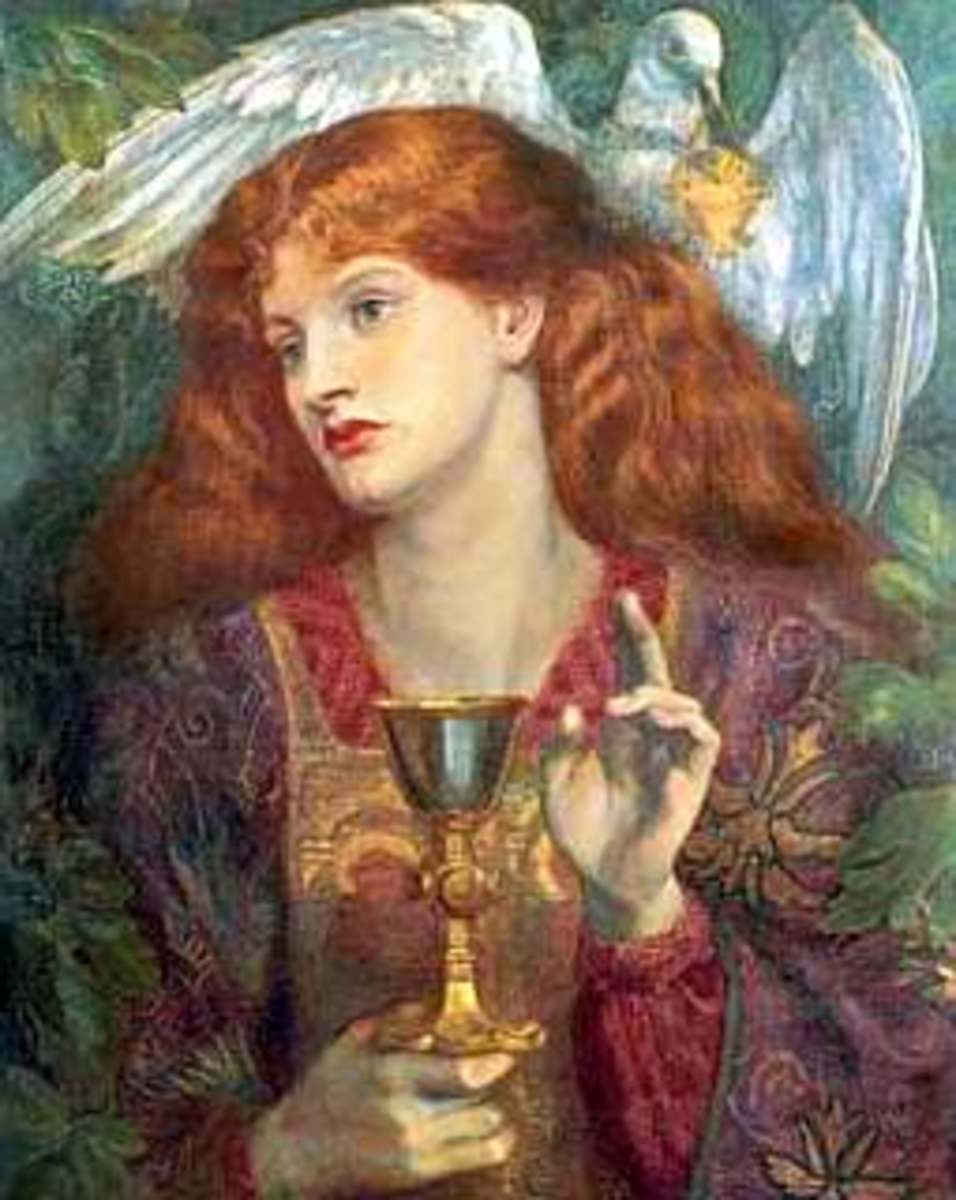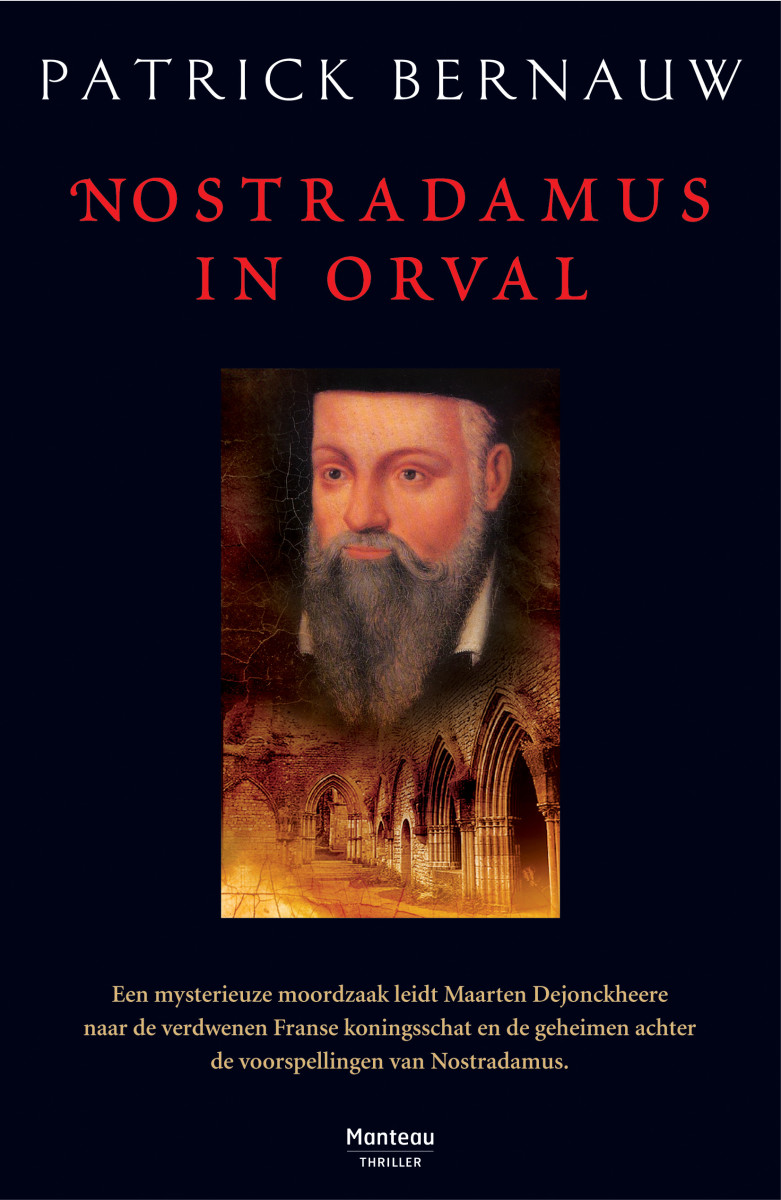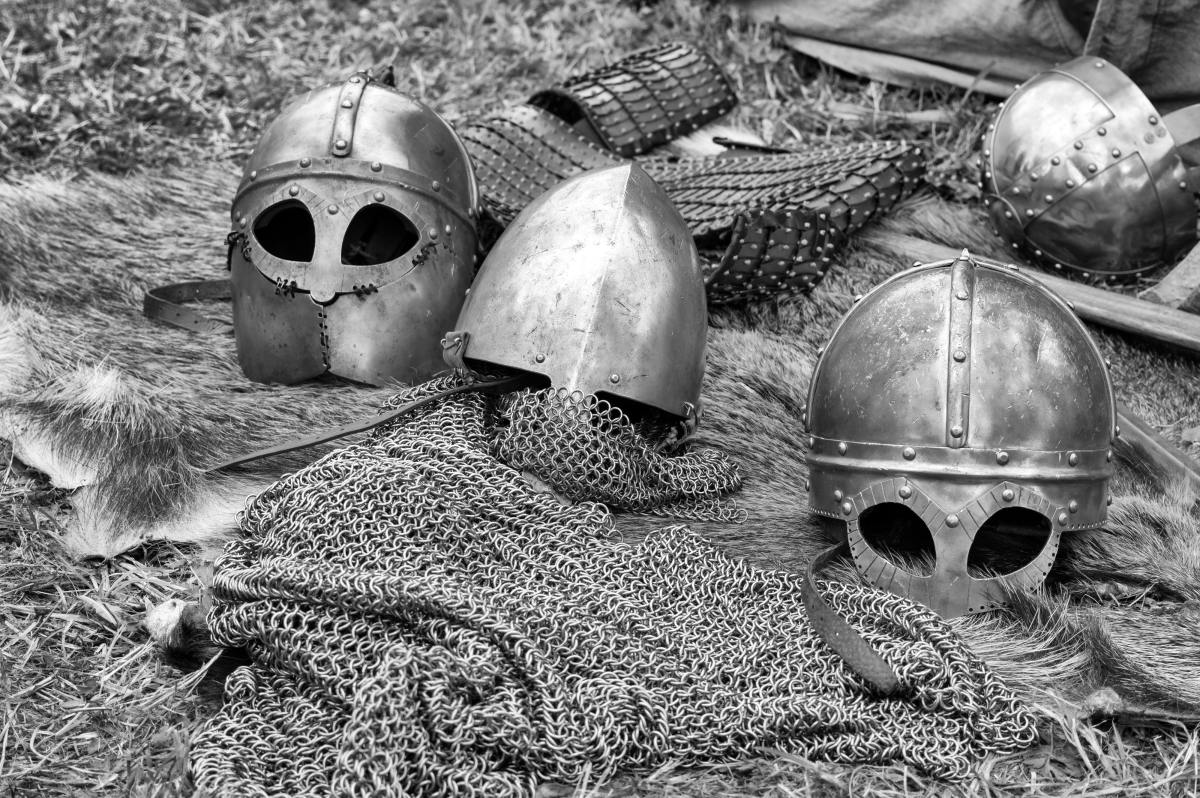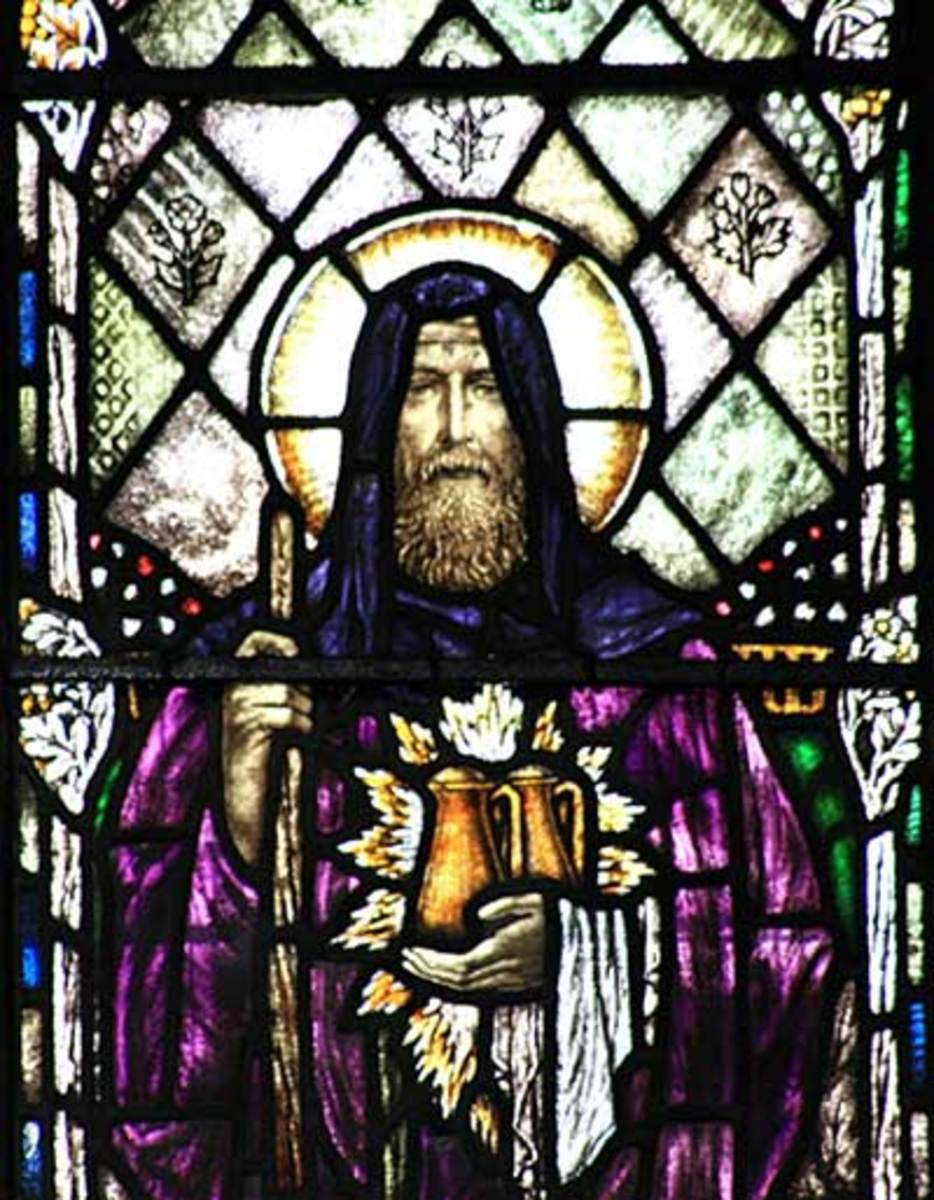Philip Coppens and the Servants of the Grail
Ever wondered about the true facts behind Dan Brown's Da Vinci Code? The Grail, for instance... Was it really the Holy Blood, or even the holy bloodline of Jesus Christ? Investigative journalist Philip Coppens, specialized in "alternative history" and speculative non-fiction, was a primary contributor to The Templar Revelation, the book which Dan Brown credited as being the main inspiration for The Da Vinci Code... He is now the first to identify the Grail and the historical figures on which the protagonists of the Grail story are based.
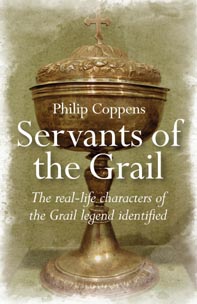
Perceval, the Story of the Grail by Chrétien de Troyes
- Website Philip Coppens
Philip Coppens is an author and investigative journalist, ranging from the world of politics to ancient history and mystery. - Frontier Publishing
Frontier Publishing sees it as its mission to promote European authors in the American market. - The Story of the Grail by Chretien de Troyes
Chrétien de Troyes was a French poet who was the first to write about the Grail, but what is the Grail and where can the Grail be? Some believe the Grail is the Holy Blood of Christ or his royal bloodline, and this Holy Blood was brought to Bruges! - The Holy Blood of Bruges, a New Jerusalem
The Holy Blood of Christ seems to have turned medieval Bruges (in Flanders, Belgium) into a Holy City. It's what, since the 19th century, made tourism popular in Bruges. But maybe this Holy City is not as holy as it seems... - Visiting Bruges-la-Morte, a medieval ghost city
One of those many timeless carriages, which are available to tourists, stopped for me. The coachman looked very, very old... but he offered me kindly a free ride. 'Sir,' I said, 'you who drives day and... - Société Perillos
The quest for the Holy Grail is an important segment of the stories surrounding King Arthur and his Knights of the Round Table. The Grail first appeared in an unfinished work by Chrétien de Troyes, dating sometime between 1180 and 1191, and combined Christian lore with the Celtic myth of a cauldron endowed with special powers.
Chrétien claimed he was working from a source given to him by Philip, Count of Flanders. While dining in the magical abode of the Fisher King, his hero Perceval witnessed a wondrous procession in which youths carried magnificent objects: a bleeding lance, candelabras and finally, a beautiful young girl beared an elaborately decorated "grail". It contained a single Mass wafer which provided sustenance for the Fisher King's crippled father.
Later, the Holy Grail became the cup used by Jesus at the Last Supper, possessing miraculous powers. It was Robert de Boron who in the late 12th century made the connection of Joseph of Arimathea with the Grail legend. He said Joseph received the Grail from an apparition of Jesus, and send the relic with his followers to Great Britain.
In 1982, the international bestseller The Holy Blood & The Holy Grail (Baigent, Leigh & Lincoln) identified the Grail as the San Greal/Sang Real, or the Holy Blood(line) of Christ, who had children with Maria Magdalena.
But Philip Coppens concentrates on the German Parzival by Wolfram von Eschenbach, which adapted the holiness of Robert's Grail into the framework of Chrétien's story. His work has to be dated to ca. 1200-1210 and it was, in essence, the retelling and ending of the unfinished romance of Chrétien de Troyes.
"The alterations and additions of Wolfram are largely seen as literary fabrications of Wolfram," Philip Coppens says. But this is "idle speculation, not taking into account of what the author himself said. (...) Indeed, why would Wolfram lie when he is stating that he is not lying at all, but faithfully reporting on information he received? (...) If we take Wolfram's word for it, then he used specific knowledge that had come into his possession and which had allowed him to add names and details to previously anonymous characters in Chrétiens story. He also argued that this information had allowed him to correctly identify the nature of the Grail."
And then, using recent academic research, Philip Coppens unfolds a fascinating historical and literary detective story, unveiling that the Grail account of - especially - Wolfram van Eschenbach describes events that occured between 1104 and 1137 at the court of Aragon, now a part of northern Spain. Indeed, the characters in the Grail stories - Anfortas, Lohengrin, Perceval - are real people who are growing to understand the Grail and what it stands for. The king's immediate family and the way his nephew Rotrou II de Perche (i.e. Perceval) is confronted with the court and the mysterious Grail, is what the Grail story is all about. Over the years, Perceval's visits will push him to understanding how he can turn himself into a servant of the Grail... that is, in fact, a foundation stone, similar to ones found in Mecca and Jerusalem.
Philip Coppens proves the truth of the facts in the Grail legend and moves the debate into a brand new territory. He shows the reader why and how the myth of the Grail is based on the fourth Hermetic treatise... or a Western European rendering of a Graeco-Egyptian religious story.
"Wolfram's Grail account has achieved mythical status. Over the centuries, layer upon layer of symbolism and adaptations have transformed it into the legend of the last millennium. But the account itself is fundamentally a family history, retelling the famous exploits, first of Gahmuret and later of his son Perceval. It is a tale of its time, about a knight and his travels."
If you're into historical mysteries, this truly is a thrilling read! Coppens definitely knows what he's writing about, in a no nonsense style, mixing mystics & mysteries in a very enjoyable, exciting and thought-provoking manner.
